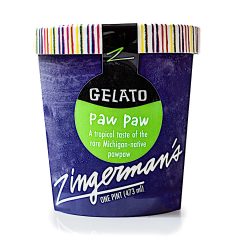
Paw Paw Gelato from the Creamery
America’s secret fruit shows up on the Southside It was nearly 20 years ago that we started the project to make Paw Paw Gelato at the Creamery. At the time, hardly anyone in Ann Arbor knew this old American fruit. Today, I’m happy to say, paw paws are getting more and more popular! I’ve seen […]
Read more »
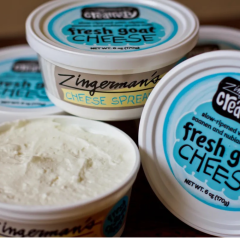
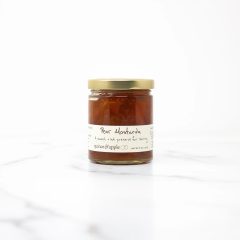
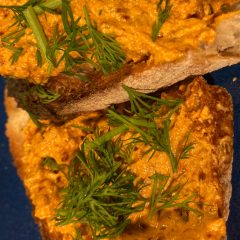

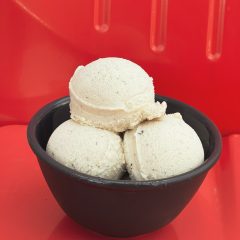
Zingerman’s Art for Sale